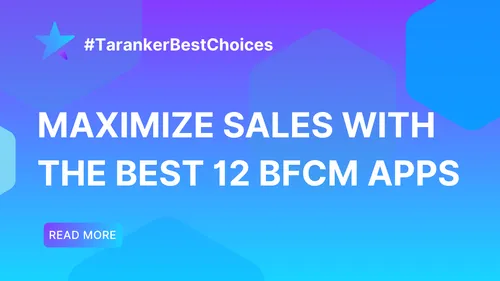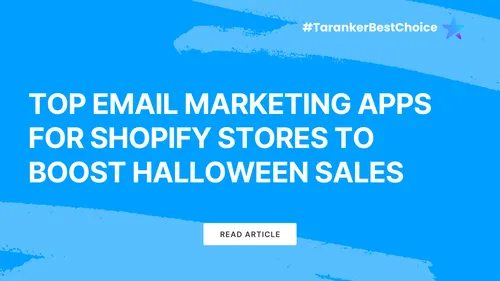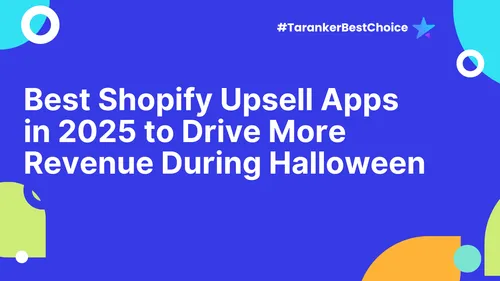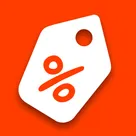Setting the right price is one of the most critical decisions for any e-commerce business. Your pricing strategy directly affects your sales, profitability, and competitive edge. With the rapid growth of online shopping, understanding and implementing an effective e-commerce pricing strategy is essential for success.
In this article, we will explore what an e-commerce pricing strategy is, different types of pricing strategies, and how to apply them effectively to your online business.
What is an E-commerce Pricing Strategy?
An e-commerce pricing strategy is a structured approach to setting the "right" product prices for your online business. It involves analyzing market trends, consumer behavior, and competitor pricing to determine the best pricing model that balances profitability and competitiveness.
A well-planned pricing strategy helps businesses attract customers, increase sales, and improve margins. It also allows companies to adjust prices dynamically in response to demand and market fluctuations. Pricing is also an important part of setting a right marketing strategy (the others are product, place and promotion).

Types of E-commerce Pricing Strategies
There are several pricing strategies that e-commerce businesses can use to maximize their revenue and market share. Below are some of the most effective ones:
1. Cost-Plus Pricing
Definition: Cost-plus pricing involves adding a fixed percentage of profit to the cost of producing or acquiring a product. This method ensures a steady margin, making it one of the simplest and most straightforward pricing strategies. Businesses determine the total cost of the product, including manufacturing, shipping, and overhead expenses, and then apply a markup percentage to establish the selling price. The markup percentage varies by industry and product type, with some businesses adjusting it based on perceived customer value or competitor pricing. While this strategy guarantees profit per unit, it does not always consider market demand or customer willingness to pay, which can impact overall competitiveness.
Pros:
-
Ensures profitability on each sale
-
Simple and easy to implement
Cons:
-
Doesn’t account for competitor pricing or consumer demand
-
May result in prices that are too high or too low compared to the market
Best for: Businesses with stable production or acquisition costs, such as manufacturers and wholesalers.
2. Competitive Pricing
Definition: This strategy involves setting prices based on what competitors charge for similar products. Competitive pricing requires constant monitoring of market trends and competitor activities to adjust prices accordingly. Businesses can choose to price slightly lower, match, or even go higher if they offer added value, such as superior quality, better customer service, or exclusive features. This strategy works well in saturated markets where price sensitivity is high and customers frequently compare prices before making a purchase decision. However, excessive reliance on competitive pricing can lead to price wars, eroding profit margins and reducing perceived brand value.
Pros:
-
Keeps pricing competitive
-
Can attract price-sensitive customers
Cons:
-
Can lead to price wars that reduce profitability
-
Doesn’t consider your unique value proposition
Best for: E-commerce businesses in highly competitive markets, such as electronics or fashion.
3. Value-Based Pricing
Definition: Value-based pricing is determined by how much customers are willing to pay based on the perceived value of the product. This strategy focuses on understanding the unique benefits and competitive advantages of a product, allowing businesses to price items based on customer demand rather than just cost. Companies using this approach conduct extensive market research, including surveys and consumer feedback, to gauge perceived value. It works particularly well for brands that offer high-quality, unique, or luxury products where emotional and functional benefits justify premium pricing. Additionally, businesses must continuously monitor and adjust their prices to align with customer expectations and market trends.
Pros:
-
Can generate higher profit margins
-
Focuses on customer satisfaction
Cons:
-
Requires thorough market research
-
May be difficult to implement for new businesses
Best for: Premium brands, luxury goods, and niche products.

4. Dynamic Pricing
Definition: Dynamic pricing involves adjusting prices in real-time based on market demand, competitor pricing, customer behavior, inventory levels, and external factors such as seasonal trends or economic conditions. This strategy is often powered by artificial intelligence and automated pricing tools that analyze data to determine the optimal price at any given moment. Businesses using dynamic pricing can implement different models, such as time-based pricing, demand-driven pricing, and personalized pricing, to maximize profits and stay competitive. While this approach allows for greater revenue optimization, frequent price fluctuations may impact customer trust if not managed transparently.
Pros:
-
Maximizes revenue and profit margins
-
Allows flexibility in response to market trends
Cons:
-
Can be complex to manage
-
Frequent price changes may frustrate customers
Best for: E-commerce businesses in travel, hospitality, and electronics industries.
There are other types of pricing strategies that can be applied to some other scenarios.
-
Psychological Pricing
Definition: Psychological pricing uses pricing tactics that appeal to consumer psychology, such as setting prices at $9.99 instead of $10.00.
Pros:
-
Encourages impulse buying
-
Creates a perception of value
Cons:
-
Doesn’t work for all industries
-
Can be seen as manipulative
Best for: Retailers, fashion brands, and consumer goods companies.
-
Penetration Pricing
Definition: Penetration pricing involves setting a low initial price to attract customers and gain market share before increasing prices later.
Pros:
-
Quickly attracts new customers
-
Increases brand awareness
Cons:
-
May lead to initial losses
-
Customers may resist price increases later
Best for: New e-commerce businesses and startups looking to break into competitive markets.
-
Premium Pricing
Definition: Premium pricing involves setting higher prices to create an image of exclusivity and high quality.
Pros:
-
Enhances brand perception
-
Generates high-profit margins
Cons:
-
Limits customer base
-
Requires strong brand positioning
Best for: Luxury brands and high-end product lines.
How To Choose The Right Pricing Strategies?
To successfully implement a pricing strategy for your e-commerce store, follow these key steps:
1. Analyze Your Costs
Understand the cost of production, acquisition, storage, shipping, taxes, and potential discounts to ensure profitability. Consider both fixed and variable costs to determine a pricing structure that sustains long-term business growth.
2. Research Your Market and Competitors
Regularly track competitor pricing, market demand trends, and customer preferences using data analytics and industry reports. Consider factors such as seasonal shifts, promotional campaigns, and consumer sentiment to adjust prices dynamically while maintaining profitability and competitiveness. Additionally, leverage price tracking tools and AI-driven insights to stay ahead of market fluctuations and optimize pricing decisions effectively.

3. Understand Your Target Audience
Identify your ideal customers by analyzing demographics, purchasing behavior, and spending habits. Conduct surveys, analyze past purchase data, and monitor browsing activity to determine their price sensitivity and perceived value of products. Segment your audience based on factors such as income level, shopping frequency, and product preferences to tailor your pricing strategy effectively.
4. Choose the Right Pricing Strategy
Select a strategy based on your business goals, industry trends, customer preferences, and competitive landscape. Consider factors such as your brand positioning, target market, and product uniqueness. Additionally, analyze pricing elasticity and the potential impact on customer perception to choose a strategy that maximizes both profitability and long-term growth.
To improving your pricing strategy, there might be some extra steps, including:
-
Implement Pricing Software:
Use AI-powered pricing tools or e-commerce platforms with dynamic pricing capabilities to automate pricing updates.
-
Test and Optimize:
Regularly test different pricing models and analyze performance data to refine your approach and maximize revenue.
-
Consider Psychological Factors:
Use pricing psychology techniques such as charm pricing ($9.99 instead of $10) and bundle pricing to increase conversions.
Discover some app to optimize your pricing strategy for your e-commerce site:
Top 9 Shopify Pricing Apps in 2025
Conclusion
Choosing the right e-commerce pricing strategy is crucial for business success. Whether you opt for cost-plus, competitive, value-based, dynamic, or psychological pricing, the key is to align your pricing with market trends, customer expectations, and business goals.
By continuously analyzing and optimizing your pricing strategy, you can maximize profits, gain a competitive edge, and build a loyal customer base. Start implementing these strategies today to elevate your e-commerce business to the next level!












